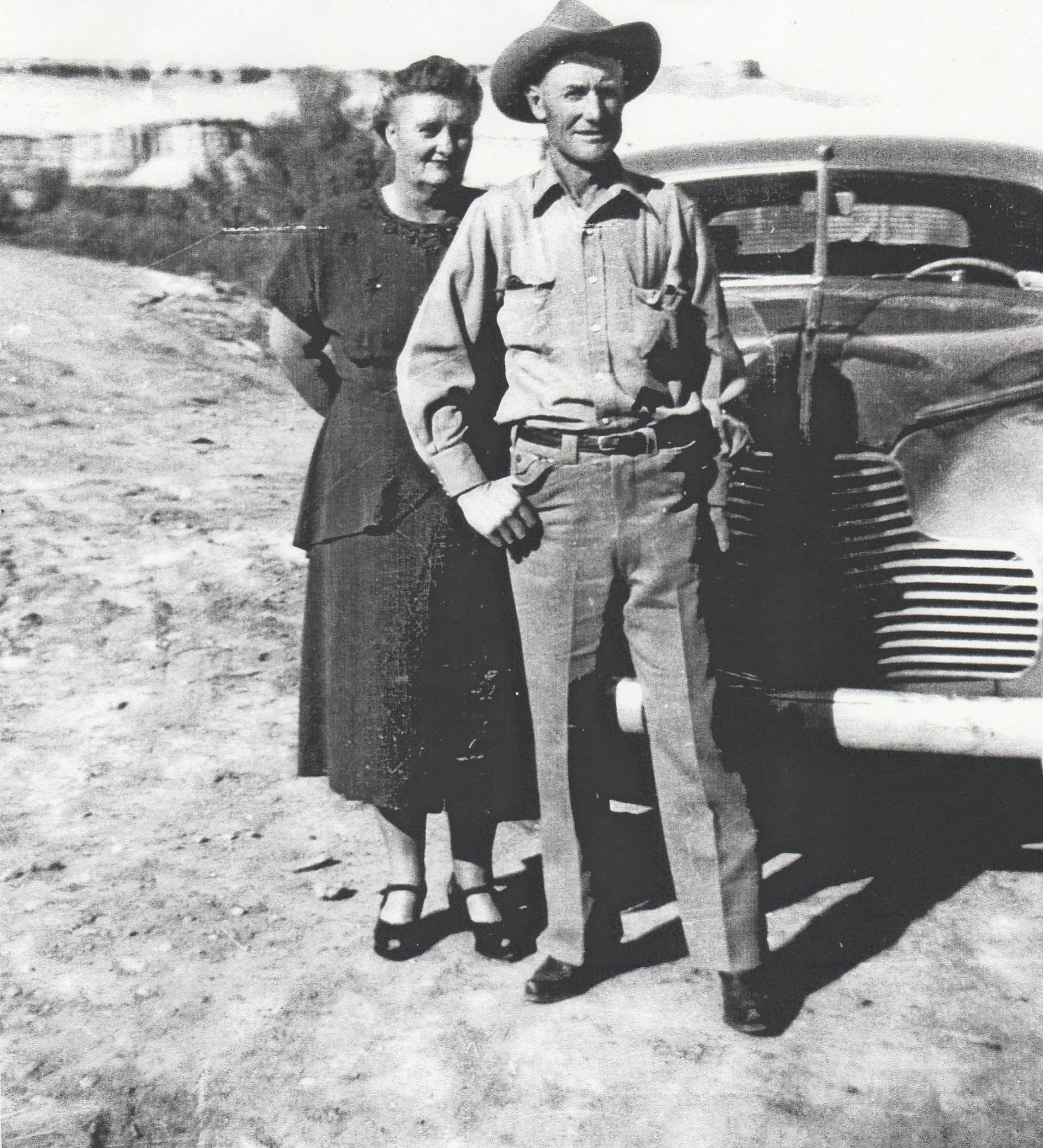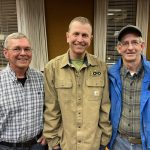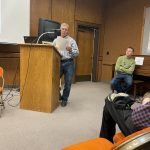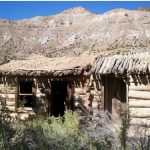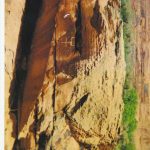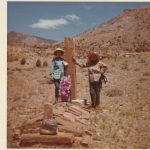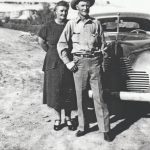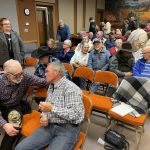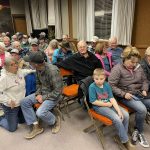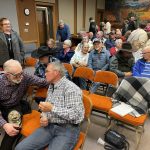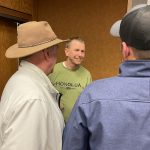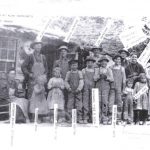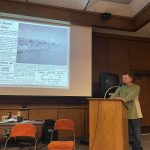Press Release
Emery County History Society members gathered Feb. 15 for a presentation by Wade Allinson on “The Marsing Ranch.”
Bernice Payne welcomed another nearly full house crowd. She thanked Greg Van Wagoner and Sharon, who provided lively singing and guitar entertainment as people gathered for the presentation. Their final song “Home on the Range” tied in nicely with the theme for the evening.
Allinson began by requesting that people interested in exploring some of the remains of the Marsing Ranch respect private property owners’ rights and stick to public BLM land sites as they explore.
“In order to understand the Marsing story, you need to start in Joseph, Utah, where the family appears in the 1880 census,” Wade continued. The interconnected Marsing, Wells, Powell and maybe the Thayne families followed each other to Emery County. Alma Marsing (1875-1939) married Annabelle Thayne in 1895 and began the Red Cliff Ranch, also known as Marsing Ranch, around Desert Lake.
The Marsing’s left an indelible stamp on history and the landscape. Men and women of the clan carved their names on rock faces over the years. One inscription includes their brand, the cross wrench. Some inscriptions go back to the 1870s in locations like Lucky Flat Wash, Dripping Springs, Keg Knoll, June’s Bottoms, Cottonwood Wash and the Outlaw Cabin. Wade had even found bear tracks in his exploration of the Ranch near the Price River.
Allinson shared photos of the still-standing June’s Bottoms cabin and other ruins and inscriptions. He pointed out the interesting detail on the hand-forged ironwork at the cabin, as well as a wood-fired boiler, which provided power for the pump to bring irrigation water to the land. In front of the cabin is the carcass of a pickup, minus its engine, which may have become the motor to power the pump.
In 1923 the Marsing’s built a road down into the Ranch which enabled motor vehicle access to haul in supplies. This took a year to complete and was bolstered by rock cribbing that even the children pitched in to construct.
Alan Peterson from Helper shared excerpts from an interview he attended with Bob Marsing, son of Alma June, at his home in Willard, Utah, in 2005. Bob told of his grandmother Annabelle, buried in 1919 at her “quiet place” at Red Cliff Ranch. He helped bring in and install a modern headstone at the gravesite in 1995 which lists Marsing descendants and where they are buried. They started out bringing in the monument by horse in a wooden box. When this slipped, they carried it for a time on a stretcher affair.
The first trimmed cabin, an unusual construction for its time, was later used as a schoolhouse. In the cabin is a flour bin with leather hinges. Around the ranch is a clod breaking machine and other old farm implements located along the river that the road passes.
The Taylor Grazing Act forced many stockmen to look for creative new range land, so they took up the bottoms along the Green River. Cowboys blasted trails down into it. Bob Marsing also explained that when they used the truck on the road which the family had built, at the steepest incline they hitched a team of horses to help it make the grade. Then they parked, rode the horses back to the homestead, and walked back to complete the journey in the truck.
Bob remembered in 1934 feeling the rivets dig into his back as they hauled him and the boiler down into Ranch. His parents June and Edith would gather driftwood deposited with heavy spring runoff to use later at the Ranch for construction. Other places mentioned in the interview were Ruby Ranch, Poison Spring Canyon, Flint Trail, Robbers Roost, and Under the Ledge.
During the 1950’s uranium boom June Marsing opened the Temple Junction Service station and store. An ad around 1955 lists the phone number as “2 smoke signals.” All that remains there today is a light pole, a small cement pad inscribed by Edith and June, and one lone tree planted by Bob’s mother Edith. Over the years Miesha and Evelyn Huntsman have hauled water to keep it alive.
In closing, Wade said that today you can walk about a mile into the cabin site on BLM land and again reminded enthusiasts to respect private property rights as they explore.
Please join us for the next History Society presentation on March 21, where Ben Grimes will share a drone’s view of Cedar Mountain.

